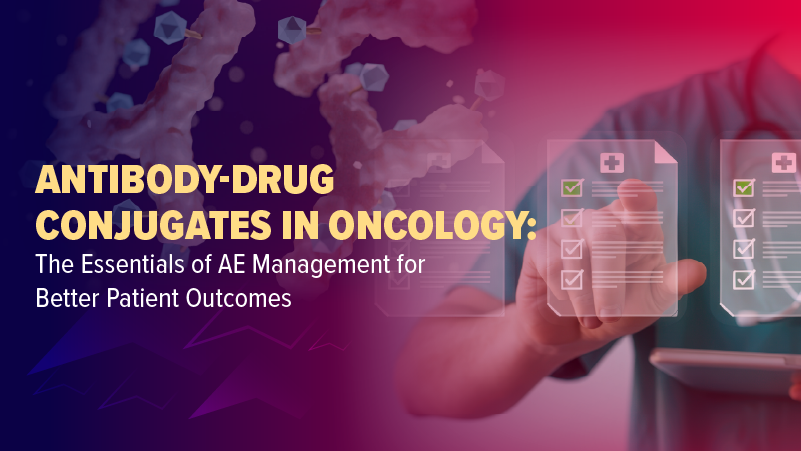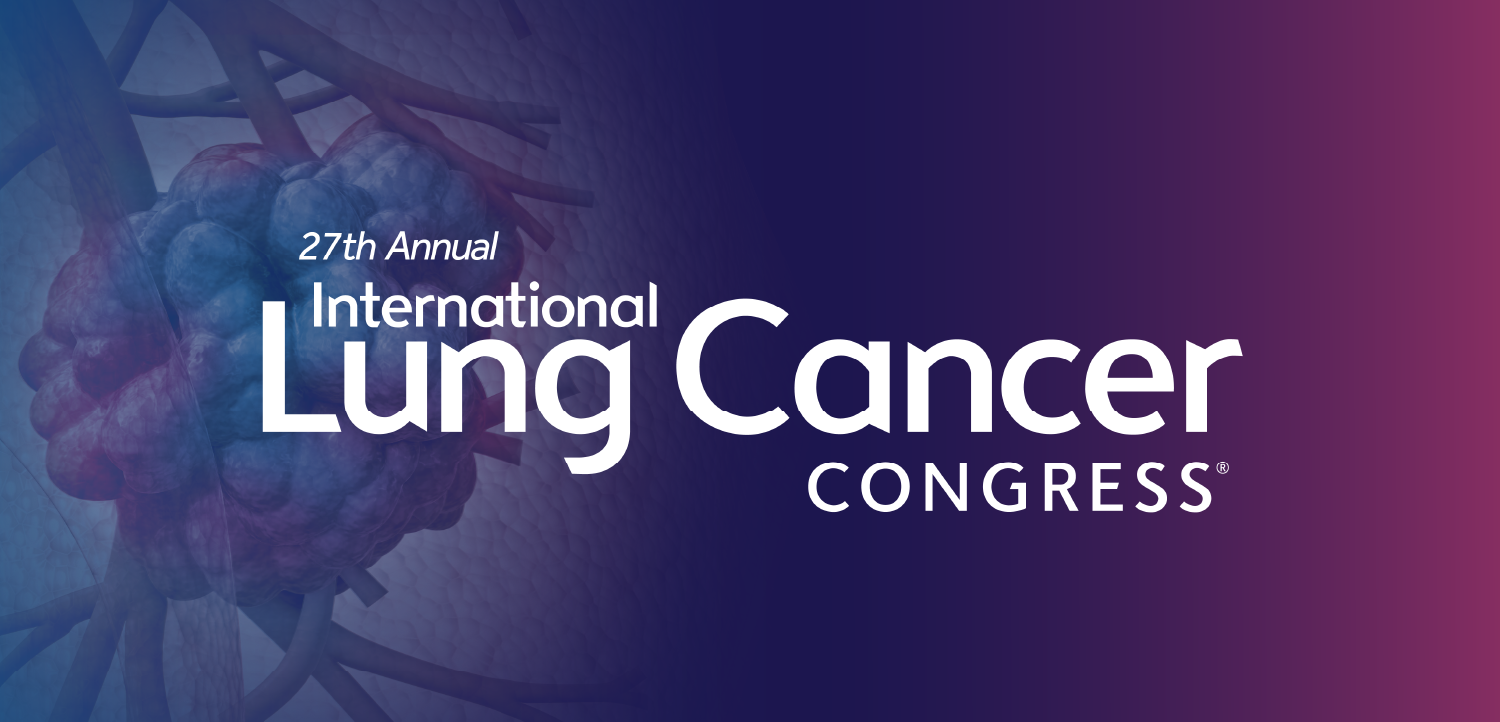
Beta-Adrenergic Receptor Drugs Appear Protective for Venous Leg Ulcers
PHILADELPHIA -- Patients taking beta-adrenergic receptor agonists were less likely to develop non-healing venous leg ulcers than those not taking the drugs, according to a large epidemiological study.
PHILADELPHIA, Oct. 16 -- Patients taking beta-adrenergic receptor agonists were less likely to develop non-healing venous leg ulcers than those not taking the drugs, according to a large epidemiological study.
The study found a 16% protective association for beta-adrenergic receptor agonists, David J. Margolis, M.D., Ph.D., of the University of Pennsylvania, and colleagues, reported in the October Archives of Dermatology, an issue devoted to wound healing.
The researchers had hypothesized that by virtue of their fibroblast stimulatory effects, beta-adrenergic receptor agonists might improve wound repair or prevent lipodermatosclerosis, thereby preventing the onset of venous leg ulcers, the researcher wrote.
In fact, in an earlier venous leg-ulcer study, there were unexplainable associations between patients with the leg ulcers and those with asthma or congestive heart failure, angina, or myocardial infarction (diseases classically treated with beta-adrenergic receptor agonists or antagonists) and the onset of a venous leg ulcer, the researchers wrote.
In the current study, the researchers undertook an analysis of 414,887 patients who visited a general practitioner in Britain from 1987 through 2002.
Of these patients, 62,886 took a beta-adrenergic receptor agonist to treat or prevent a medical condition, and 54,861 were treated with a beta-adrenergic receptor antagonist. There were 6,620 patients who received both antagonists and agonists.
Of those who had taken a beta-adrenergic receptor agonist, 15.5% developed a venous leg ulcer, whereas 18.4% of those unexposed to the drug developed an ulcer. For the association between ?-adrenergic receptor agonists and leg ulcers, the odd ratio (OR) was 0.84 (95% CI, 0.82-0.86).
Of those exposed to a receptor antagonist, 18.2% developed a venous leg ulcer whereas 19.9% of those not exposed developed a leg ulcer. The OR for association between beta-adrenergic receptor antagonist and the leg ulcers was 1.02 (CI, 0.99-1.04).
The fully adjusted ORs were 0.44 (CI, 0.42-0.45) for the agonists and 1.04 (95% CI, 0.98-1.11) for the antagonists.
Using complex propensity-score models, the researchers were able to confirm the association for beta-adrenergic receptor agonist users.
In addition, the propensity analyses showed that in some subsets of the antagonist users, some individuals were also protected from developing the leg ulcers.
It may be possible, Dr. Margolis said, that individuals with specific illnesses, such as diabetes or congestive heart failure, might benefit more from these agents.
Although there is strong laboratory evidence to support the modulation of dermal fibroblast function as the mechanism underpinning these epidemiological findings, it is possible that the benefits are caused by other mechanisms, such as local changes in arterial perfusion, the researchers wrote.
However, investigators said, the laboratory evidence should not be used as a rationale for treatment of venous leg ulcers, but should provide compelling data for the consideration of a randomized clinical trial.
In an editorial, Robert S. Kirsner, M.D., Ph.D., of the University of Miami agreed with the investigators that the laboratory studies that suggest a role for beta-adrenergic receptors in wound repair warrant clinical trials.
Newsletter
Enhance your clinical practice with the Patient Care newsletter, offering the latest evidence-based guidelines, diagnostic insights, and treatment strategies for primary care physicians.
















































































































































































































































































































